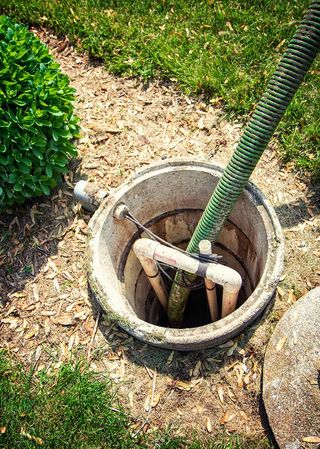Comprehensive Septic Services
United Septic & Drain Services Inc provides Columbia, Dodge, Jefferson, Waukesha, and Washington Counties with premier septic services . Our experienced team offers effective pumping/cleaning, timely repairs and efficient installations for residential and commercial properties in the area. We are dedicated to helping you obtain a reliable system, that enhances your property investment. Call us at (920) 696-3500 to schedule a service or evaluation.
Septic Tanks VS Holding Tanks
Septic Tanks
The primary function of a septic tank is to collect and treat household wastewater through a bio-action process. It then outputs the treated water into the drain field for further treatment.
How Often Should I Pump Out My Septic Tank?
How often you should pump or clean out your septic tank relies on the size of your home and how many people live there. According to state law, a maintenance appointment is required every three years. Again, the frequency of use can affect this need.
Holding Tanks
How Often Do You Pump or Clean a Holding Tank?
A holding tank comes equipped with an alarm that will let you know when it is time for your tank to be pumped. You have to remember that holding tanks are storage units and require pumping way more than a septic tank. If you use the holding tank on a regular basis, we do recommend cleaning it every six to eight weeks.


